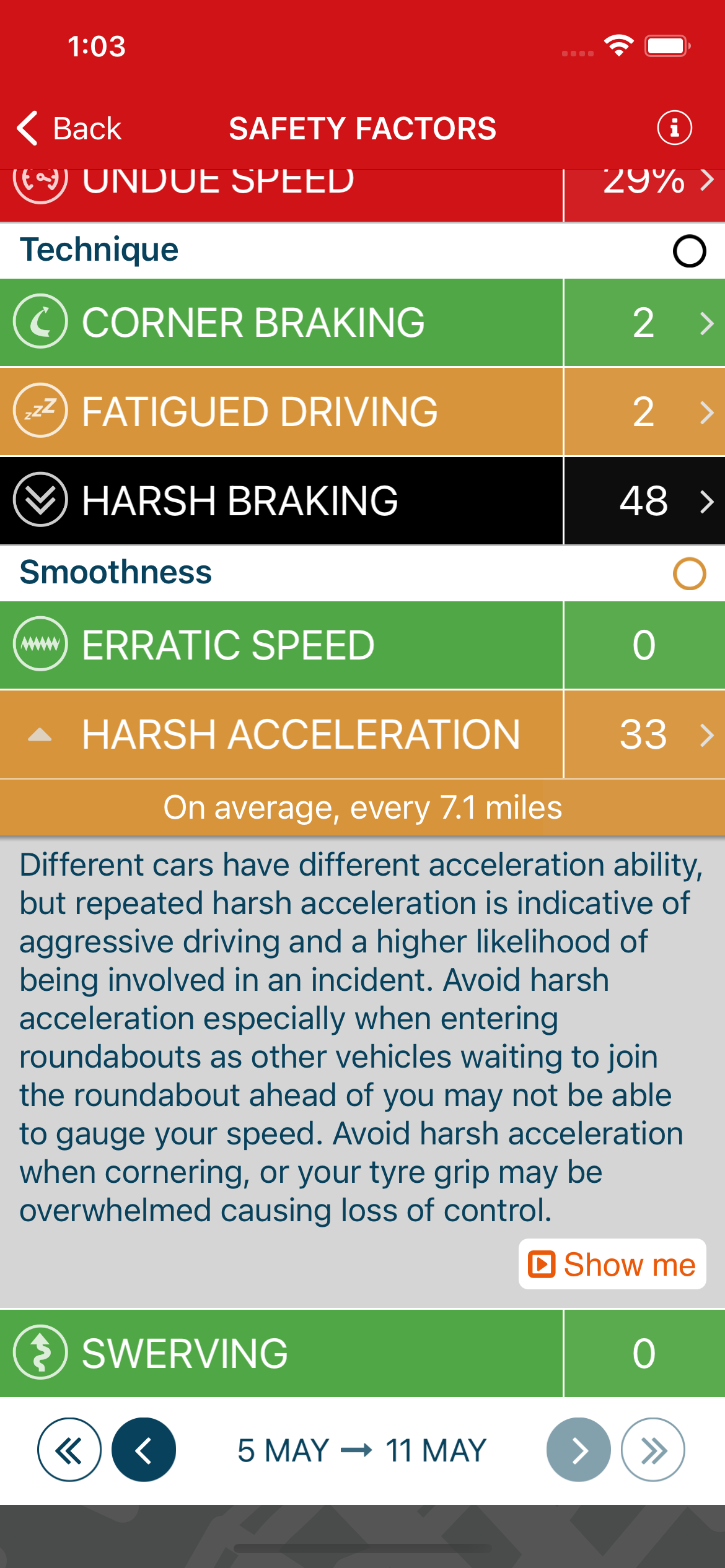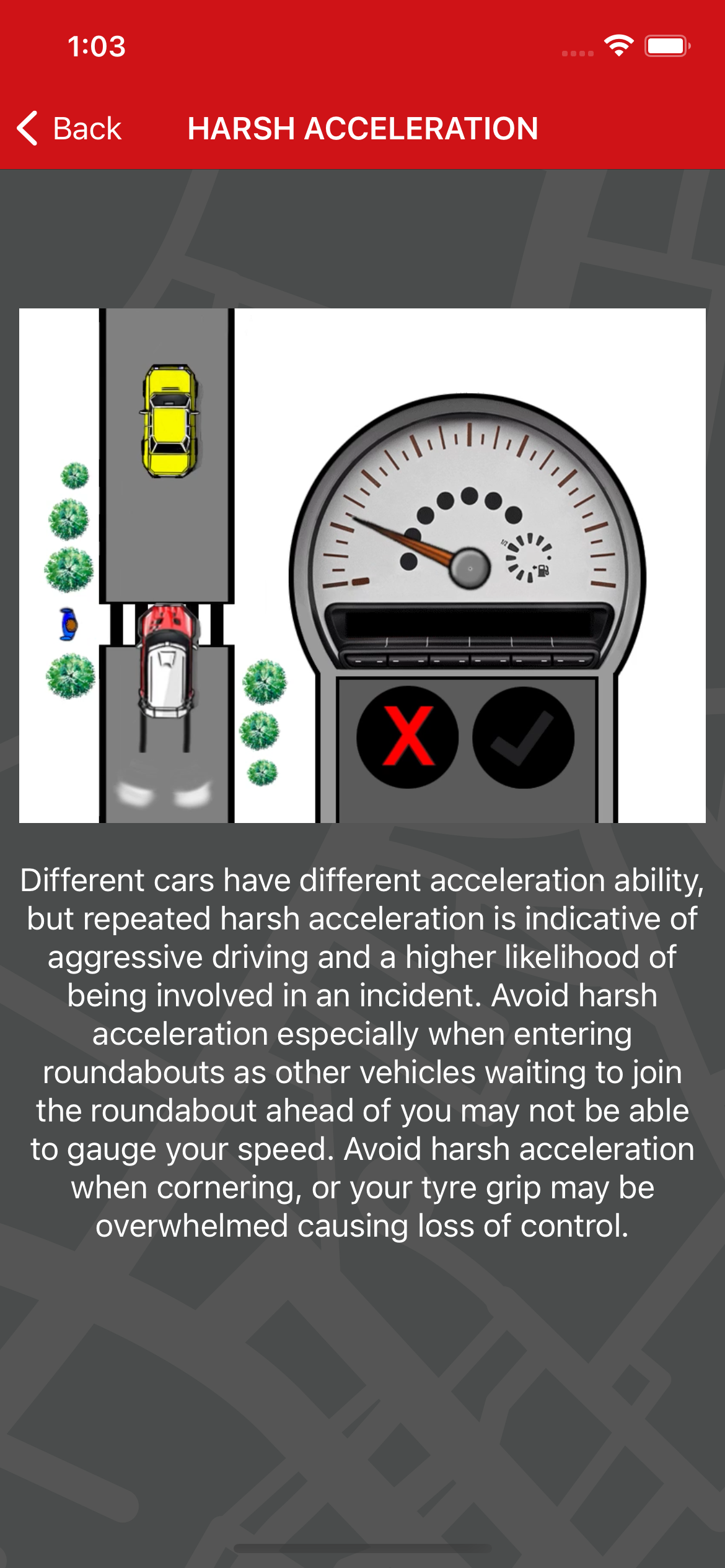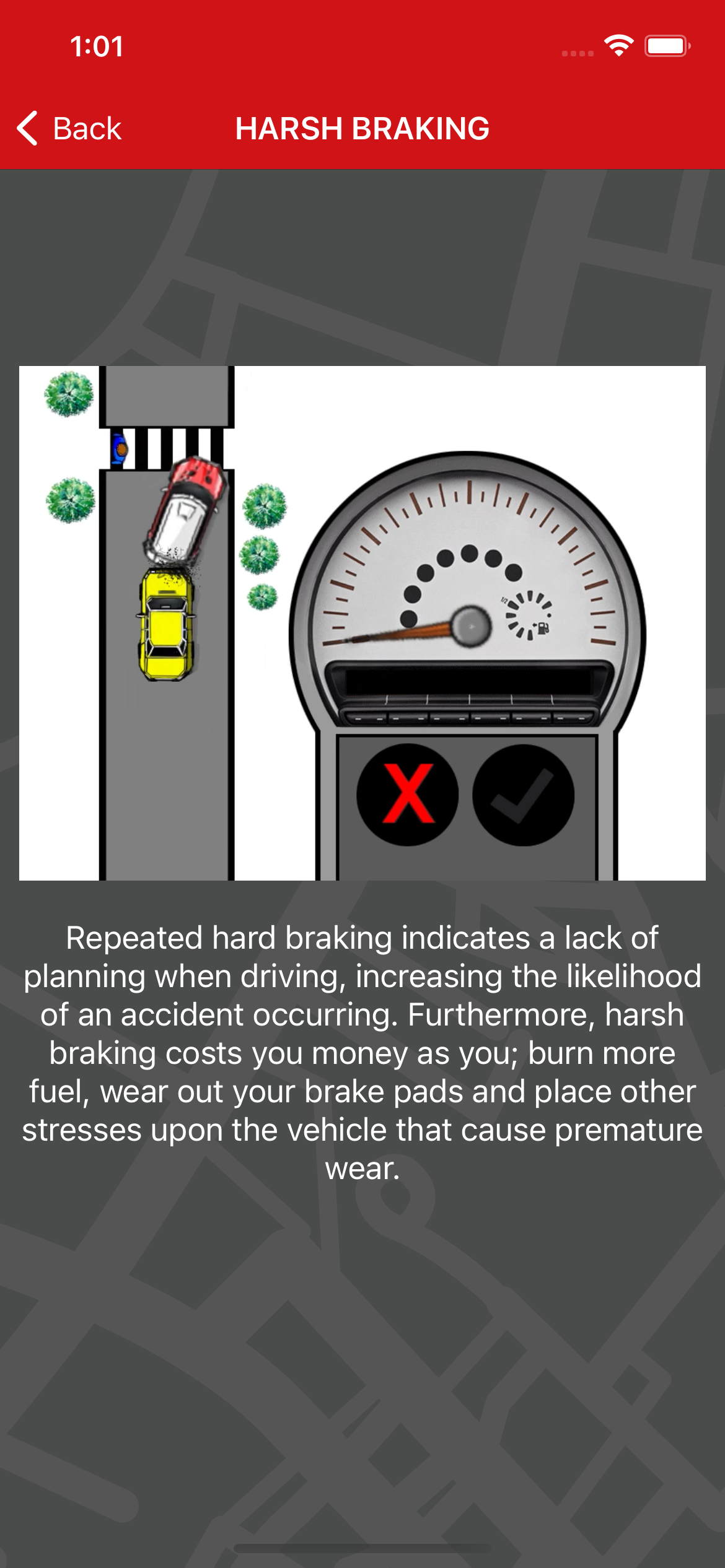Driver behaviour: Are you what you drive or are you how you drive?
Reading Time: 5 minutesDoes our car brand impact our driver behaviour?
Your choice of vehicle depends on many factors: budget, purpose – mostly commute, mostly leisure; long journeys vs local hops – and of course that precious thing known as brand. REDTAIL’s lead data scientist Richard Jonas is also interested in the insight offered by the driver behaviours that we measure, and how those ‘driver scores’ correlate with the brand /model of the car driven.
Driver behaviour and Driver Score
REDTAIL’s telematic devices calculate a “driver score” which is based on behaviours linked to accidents such as fast cornering, tailgating, harsh acceleration, and excessive speed. These have been tuned over many years using records of past accidents. Drivers with the poorest scores are over ten times more likely to be involved in an accident than those with the best scores.



Far be it from REDTAIL to fuel unsubstantiated and illogical prejudices, but it is quite interesting! We considered a sample of 10,500 drivers across a period of three months, using REDTAIL proprietary scoring on seven driving behaviour parameters:
- Audi and BMW jointly recorded the lowest driving scores
- Land Rover and Toyota shared top spot, with highest scores
- Solidly mid-table are a diverse mix: Ford, Vauxhall, Jaguar and Mazda
- The top half of the table also includes Renault, Volvo (surely?!?), Nissan and Hyundai
- Below that mid-point are Peugeot, Mini, Mercedes Benz and VW
Car brands and stereotypes
We have seen stereotypes of, e.g. “the parent in a Chelsea tractor driving erratically as they focus attention on screaming children in the back seat”. We wanted to know if there is any truth in these – are certain vehicles driven worse than others. We came up with the following ‘table’ (green is good!):


CEO Colin offers a further thought or two:
“Installed in about 1m cars by insurers, they offer drivers less costly insurance if they drive more carefully. But the telematics black boxes also reveal a wealth of data about how Britain drives – debunking some modern myths but confirming others as our research reveals.”
“On a positive note, the insight provided by REDTAIL’s driver scoring can prompt improvements in driving behaviours. This can have positive impact on reducing the risk of accident AND on fuel consumption and consequent emissions. Therefore, this correlation between safe driving and eco driving means changing driver habits for 15% better fuel consumption, we would reduce emissions by a similar proportion. Across the UK population would be millions of tonnes of CO2! All this while at the same time reducing accidents by a similar proportion, resulting in saving of lives and of lives ruined. Examples of better eco driving could be by greater anticipation and so less unnecessary braking, and by limiting our cruising speeds. Why not give it a go yourself!”
I do recall the 80’s cliché: braces-wearing city trader exhibiting smug pride in his car of choice. Showing my age (and my car of choice, solidly mid-table!), but also understanding that branding, marketing, and advertising are ever more scientific. Of course, not everyone who drives a BMW or Audi is a hooligan on the roads.”

Adding science to Driver Behaviour analysis
We are pleased to add a little more science to those perceptions and that understanding. You can draw your own conclusions!








